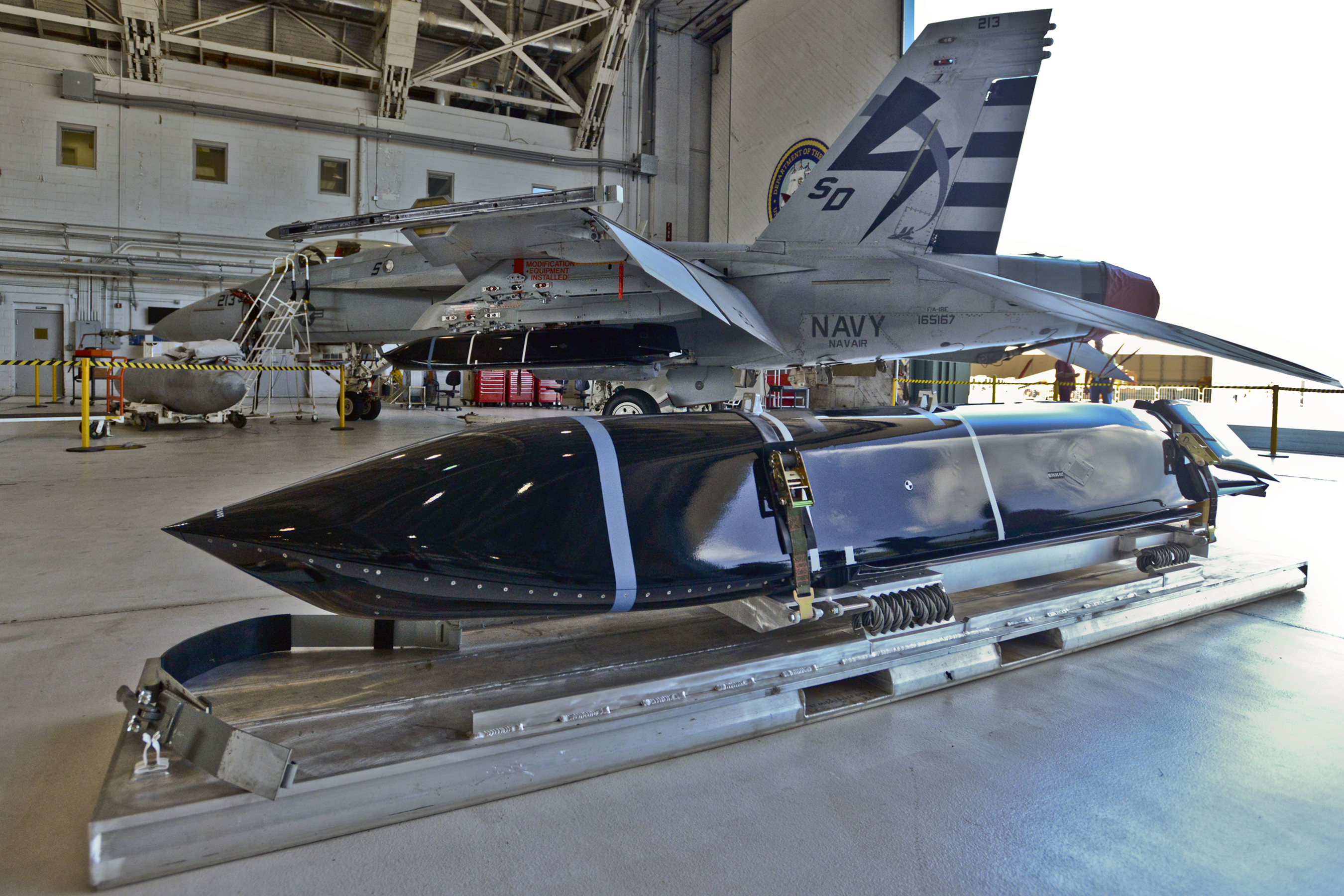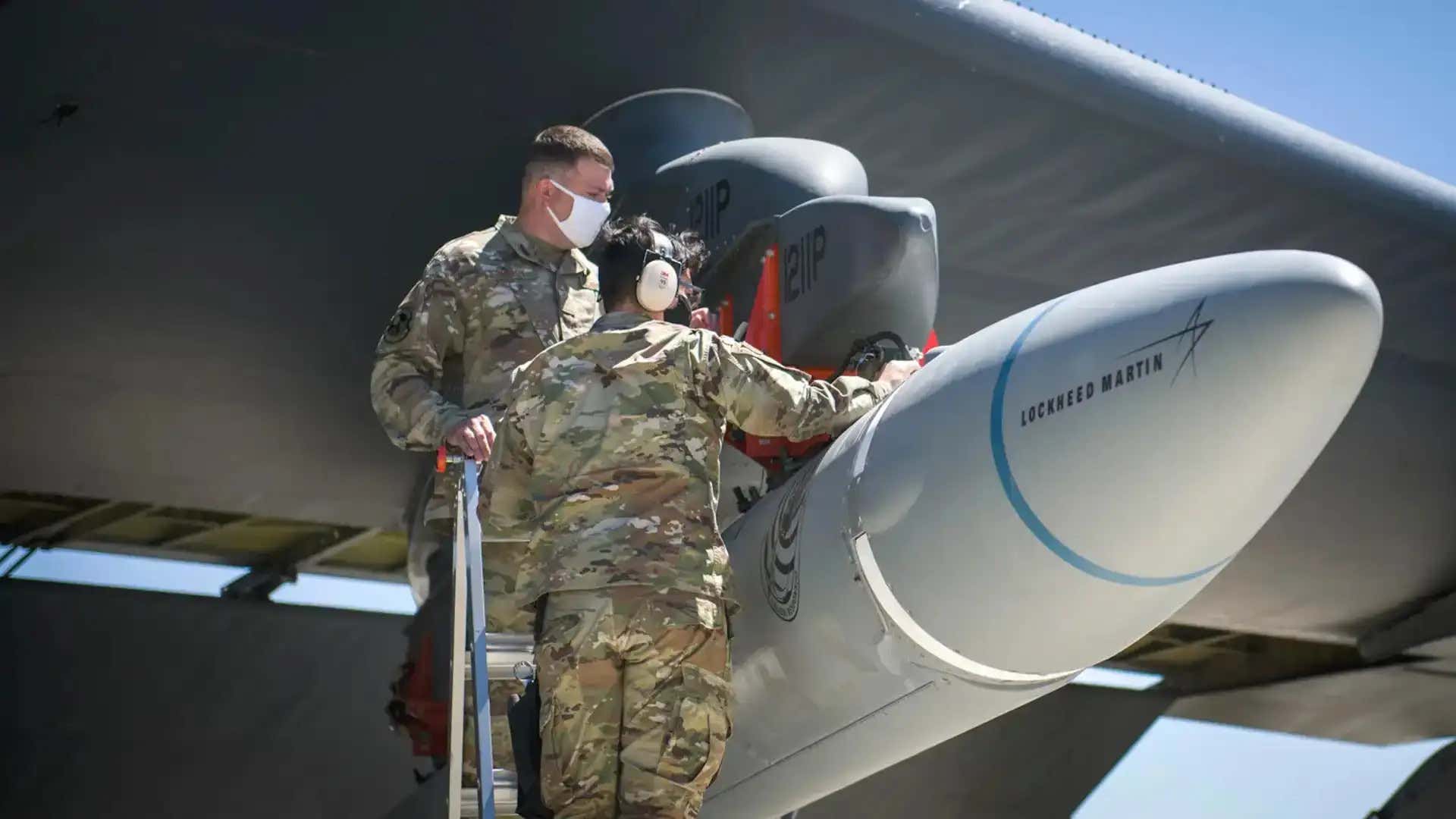The newly conducted test of a US hypersonic missile in the state of Hawaii has failed because of a malfunction during the launch, Pentagon spokesman Tim Gorman said on Thursday.
- ‘Bomber Buddy’ – China Secretly Developing Loyal Wingman For Its Xian H-20, J-20 Stealth Fighters – Indian Media
- Stealth Killer! Russia’s Rezonans-NE Radar That Can Track F-35 Jets Deep Inside Finland & Norway Begins Construction — Reports
- China’s 1st Cargo Drone – TP500 – That Can Fly With A Load Of 500 Kg Upto 500 Km Completes Maiden Flight
“An anomaly occurred following ignition of the test asset,” Gorman said in a statement sent to Bloomberg, adding that the launch was conducted on Wednesday.
This is the second unsuccessful attempt to test missiles under the Conventional Prompt Strike program, designed to develop hypersonic weapons installed on Zumwalt destroyers and Virginia-class submarines and capable of exceeding the speed of sound five times.
The first launch failed in October due to a malfunction in the boosters.
On May 14, the US air force conducted a successful test of the Air-launched Rapid Response Weapon (ARRW) hypersonic missile. The launch was carried out from the southern coast of California and the speed of the rocket was five times greater than the speed of sound.
US Navy Eyes Hypersonic Weapons
Earlier, the US Navy had stated that it needs to deploy an air-launched air-breathing hypersonic anti-ship cruise missile by 2028. This weapon, according to the service, is going to be critical in countering rising threats from prospective enemies like China and Russia.
The Hypersonic Air-Launched Offensive Anti-Surface Warfare Missile, or HALO, has been described in detail in the recently published documents linked to the Navy’s latest budget request for the fiscal year 2023. The budgetary requirements of the Navy’s hypersonic program have stayed classified.
Previously, this program was known as Offensive Anti-Surface Warfare Increment 2 (OASuW Inc 2). The present AGM-158C Long-Range Anti-Ship Missile (LRASM), which is a subsonic design, is OASuW Increment 1.

“OASuW Inc 2/HALO will address advanced threats from engagement distances that allow the Navy to operate in, and control, contested battlespace in littoral waters and Anti-Access/Area Denial (A2/AD) environments,” one budget document reads. “To counter the evolving near-peer threat capability, OASuW Inc 2/HALO is required to be fielded in FY 2028.”
In the fiscal year 2023, the Navy is seeking slightly under $92.5 million to get the HALO program up and running.
The money will be used for things like starting a new missile technology development program, making “targeted investments in maturing subsystem technologies,” and “component or full-scale prototyping efforts,” according to the service. The latter endeavor would, among other things, aid in the construction of a data link for the weapon.

The information for the Navy’s program comes over a month after the US conducted a successful hypersonic missile test in mid-March.
The Hypersonic Air-breathing Weapon Concept (HAWC) missile was launched from a B-52 bomber and tested off the coast of the United States. The rocket went approximately 300 miles at a height of almost 65,000 feet, taking around five minutes, as previously noted by the EurAsian Times.
It had earlier been learned that the US Navy plans to deploy its first hypersonic weapon on a warship in early 2023. According to the Navy, the weapons will be deployed on destroyers by 2025 and Virginia-class nuclear-powered attack submarines by 2028.
The US Navy’s Hypersonic Ambitions
The US Navy’s enhanced focus on its hypersonic program also emanates from the similar capability possessed by both, China and Russia. Previously, three consecutive hypersonic tests conducted by the US Air Force had failed.
The ambitious deadline set by the Navy for a hypersonic anti-ship cruise missile could be believed to deploy a missile for effective deterrence. A few days ago, China demonstrated the successful launch of a hypersonic anti-ship ballistic missile YJ-21 from its Xian H-6N bomber. On the other hand, Russia is reportedly developing a hypersonic anti-ship missile called the Larchinka-MD.
Wow ? and as if the new Eagle Strike 21 (YJ-21) AShBM was not enough, also the so far clearest image of a PLAAF H-6N carrying the huge ballistic missile!
(via a video via @lqy99021608) pic.twitter.com/R0jKlH0uBd
— @Rupprecht_A (@RupprechtDeino) April 19, 2022
The development and induction of an anti-ship cruise missile also become imperative in the backdrop of prevailing tensions in the Indo-Pacific region.
Before the announcement of an integrated data link, the budget documents contain no precise information about the HALO missile’s desired configuration, performance, or other characteristics.
This would allow the missile to acquire fresh targeting information during its flight, or possibly be completely retargeted, as well as send back various types of data and collaborate with other missiles. The Navy said it will draw on pertinent but unnamed prior studies.

The Office of Naval Research had issued a contracting notice in March 2021 for the development of an experimental scramjet-powered hypersonic anti-ship cruise missile design, dubbed Screaming Arrow that would be compatible with the F/A-18E/F Super Hornet fighter jet, before canceling it just days later for unknown reasons. However, the notice was re-issued in August.
The Navy has also been directly involved in at least one prior experimental air-launched hypersonic missile program directed by the United States Air Force and performed under the aegis of the Pentagon’s Joint Hypersonic Transition Office in the past.
While the Air Force and the Navy are pursuing their respective programs, there could be an opportunity for the latter to co-opt the Air Force’s Hypersonic Air-breathing hypersonic program.
The Hypersonic Air-breathing Weapon Concept (HAWC) program is a collaboration between DARPA and the United States Air Force (USAF) to develop and demonstrate key technologies that will allow for a successful and cost-efficient air-launched hypersonic cruise missile. The navy could potentially leverage the technical success of this program.

The Navy is working on acquiring the AGM-158C-3, a service-specific sub-variant of the AGM-158C that will combine the LRASM’s capabilities with those of the latest versions of its parent design, the AGM-158 Joint Air-to-Surface Standoff Missile (JASSM), and thus be able to strike targets on land as well as ashore.
Regardless, the Navy’s budget plan for the fiscal year 2023 makes it apparent that HALO is critical to the service’s capacity to conduct extended-range aerial stand-off strikes against large threats in highly contested settings in any future high-end battle.
As the hypersonic race intensifies, the US Navy’s ambitious timeline could inspire confidence against its adversaries.
- Contact the author at sakshi.tiwari9555@gmail.com
- Follow EurAsian Times on Google News




